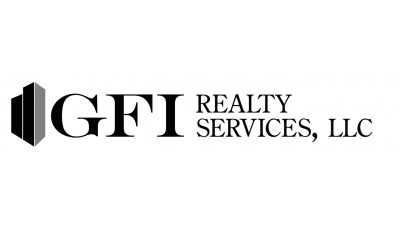Opportunity Zone Investment Picks Up Pace In NYC Area

After making their debut last December as a provision in the Tax Cuts and Jobs Act, opportunity zones have captured the attention of the commercial real estate industry. Designed to encourage investment in low-income communities across the U.S., the Opportunity Zone program allows investors to defer tax on unrealized capital gains by reinvesting them in opportunity zone funds.
In New York City, opportunity zones present investors with a way to reach higher returns by developing projects like affordable housing. Lenders will be more likely to underwrite loans for these projects and areas because of the incentives, and the program offers increased benefits to those who invest in these zones for at least 10 years.
“To pencil out deals, developers are generally in search of, or in need of, tax deductions, whether it be property taxes, income taxes or both,” GFI Realty Services Research Analyst Justin Fitzsimmons said. “OZs give investors more options, longer time frames of capital gains deferment and present an opportunity to see larger returns.”
There are more than 300 potential opportunity zones in New York City out of the 514 submitted by the state of New York. Some neighborhoods selected include areas like Sunset Park in Brooklyn and Hunts Point in the Bronx, which have already captured the attention of developers.
Opportunity zones offer developers and investors a diverse collection of assets to invest in. From housing to offices and hotels, opportunity zones are poised to bring renewed growth across the city's oft-forgotten neighborhoods.
At a high level, investors can get involved with opportunity zones by investing in qualified opportunity funds, which can either be a partnership or corporation investing in property within the zone. Some real estate companies have positioned themselves to serve as these funds, working with investors to put the money toward new construction projects.
New York-based RXR Realty is aiming to launch a fund to raise at least $500M specifically to invest in opportunity zones. The fundraising efforts could help fund the company’s existing developments in designated census areas, like its $170M project in New Rochelle or redevelopment efforts in the Brooklyn Navy Yard.

One area already targeted for real estate investment has been the South Bronx. Mayor Bill de Blasio’s affordable housing initiatives have already led to multifamily development in the area. This has been especially true as investors see more value in affordable housing than they once did.
BRP Cos.’ La Central, a 1,000-unit housing complex, recently broke ground while Brookfield acquired over 4 acres along the Harlem River waterfront with plans to build 1,300 housing units, 30% of which will be a mix of affordable and workforce housing.
The designation of the area as an opportunity zone would only bring more developers into the neighborhood, as the tax breaks from the zone could allow for higher yields than investors otherwise would see when developing assets like affordable housing, Fitzsimmons said.
In anticipation of opportunity zone designation, developer Keith Rubenstein plans to launch a $200M fund to invest in the South Bronx, The Real Deal reported. Rubenstein, who helped put together and entitle the parcels Brookfield eventually bought, plans to contribute $20M to the fund himself.
Beyond affordable housing, opportunity zones can also support local businesses in the area. Regulations over which types of properties or businesses qualify are loosely defined, opening up increased possibility for developers and business owners. This could mean that both a hotel and an affordable housing development fall within the same level of eligibility.
In Brooklyn, areas like Sunset Park are among the census tracts submitted for opportunity zone investment. The strip of targeted land runs parallel to Brooklyn’s redeveloped industrial hub, now called Industry City. The mixed-use campus, which offers office space, retail and maker space, serves as a test version for the type of development opportunity zones can offer the New York City region, Fitzsimmons said.
While many investors were initially hesitant to invest in opportunity zones due to a lack of clarity around the provision, the U.S. Treasury Department released new regulations and some clarifications around opportunity zones in October. Among the biggest questions answered in this documentation is what qualifies as an opportunity fund. The rule is simple: to self-certify as a fund, fill out Form 8996 and attach it to your federal income tax return.
With this clarification, Fitzsimmons said, it is likely commercial real estate will fully embrace the program as a way to pencil out development in areas of the city where it is needed most.
To view GFI’s full market report on New York opportunity zones, click here.
This feature was produced in collaboration between Bisnow Branded Content and GFI Realty Services. Bisnow news staff was not involved in the production of this content.

